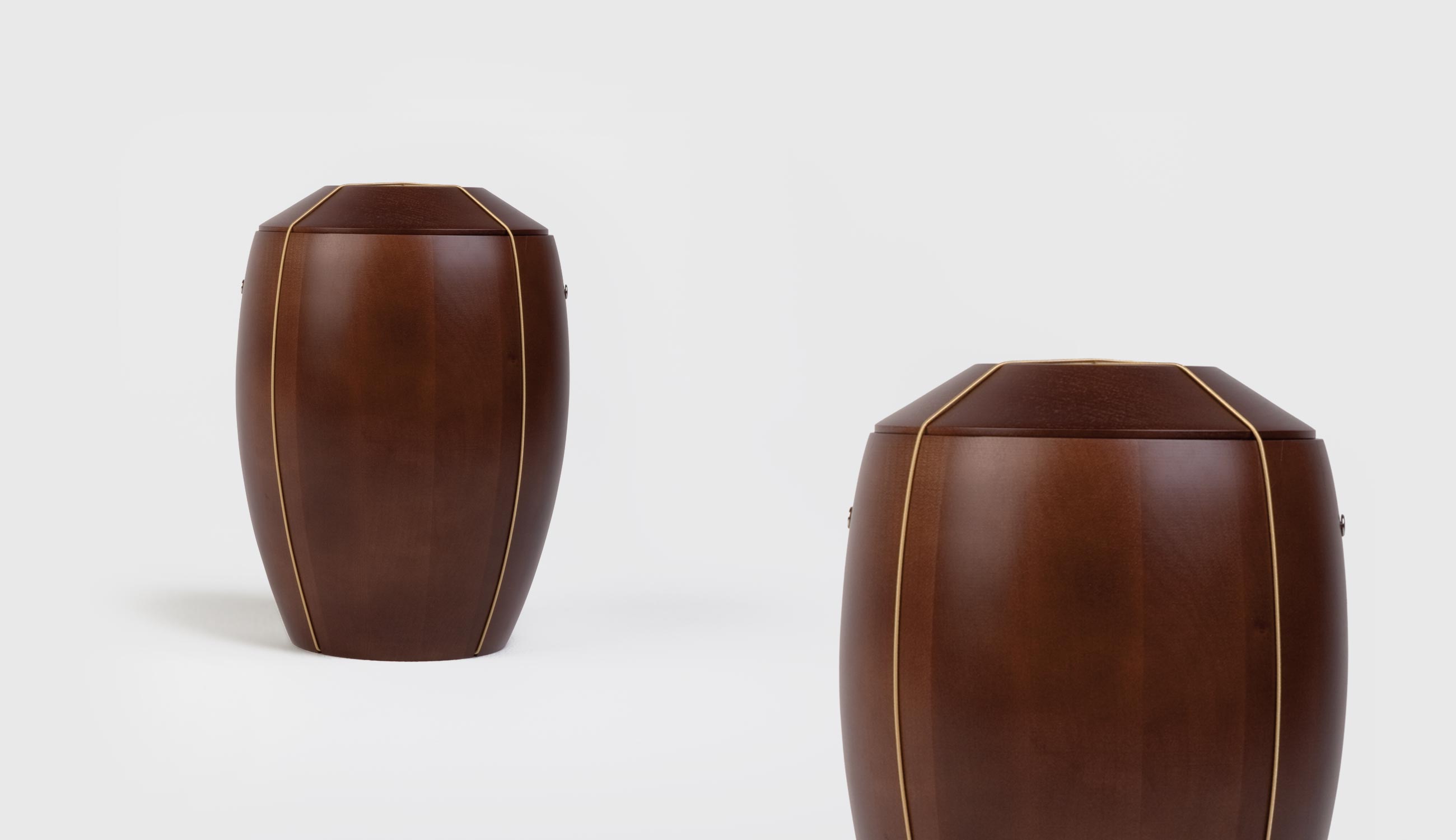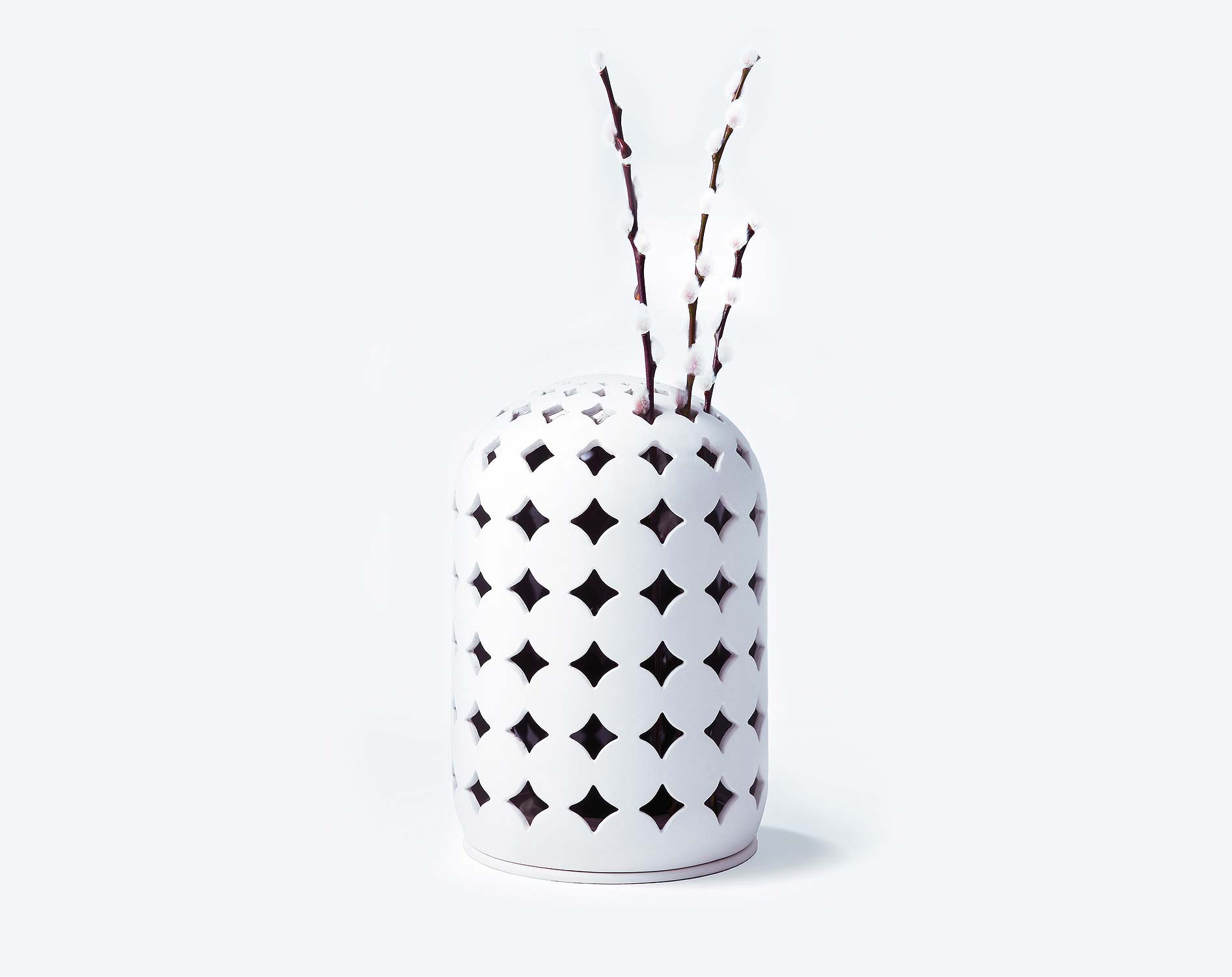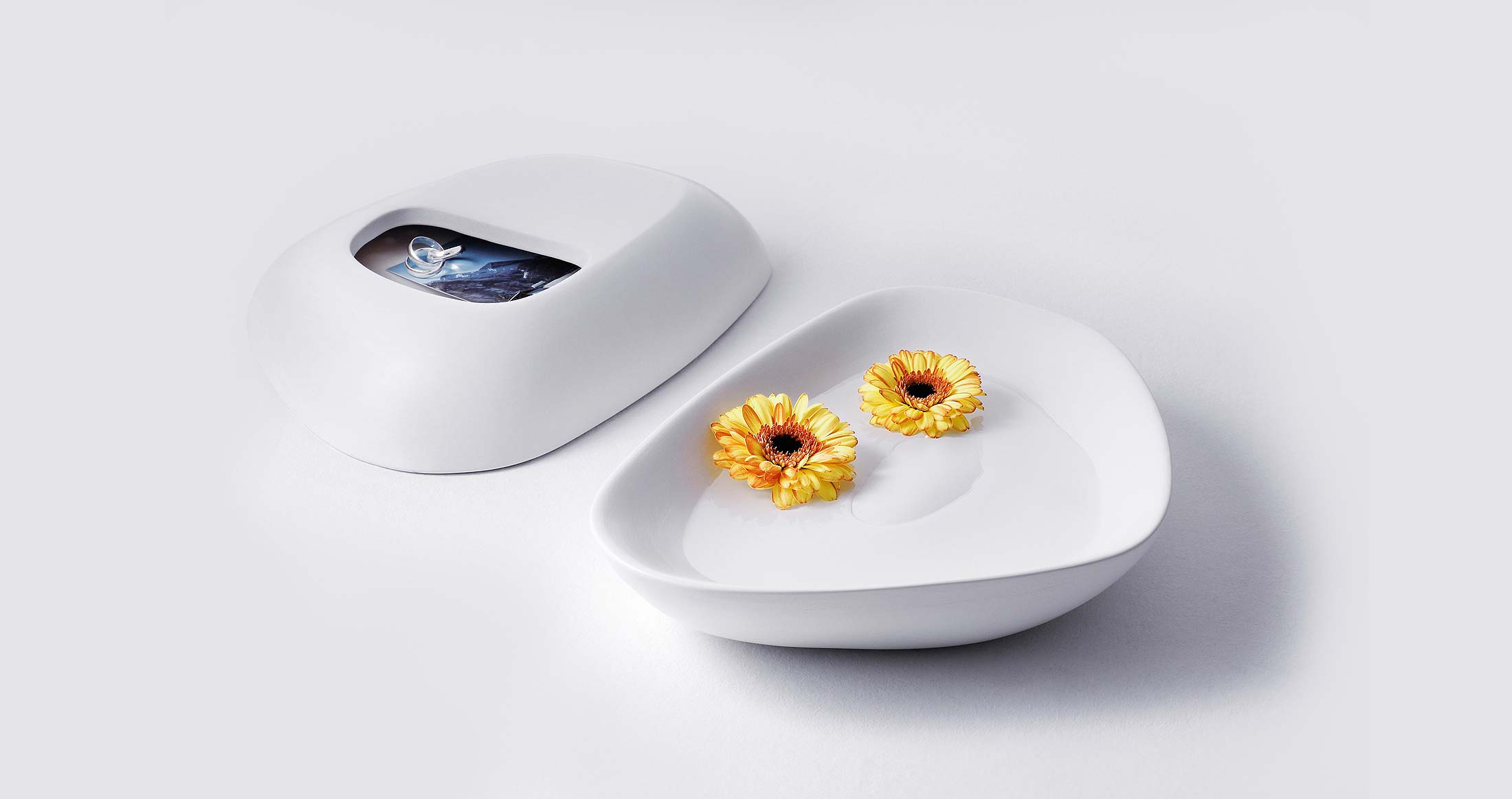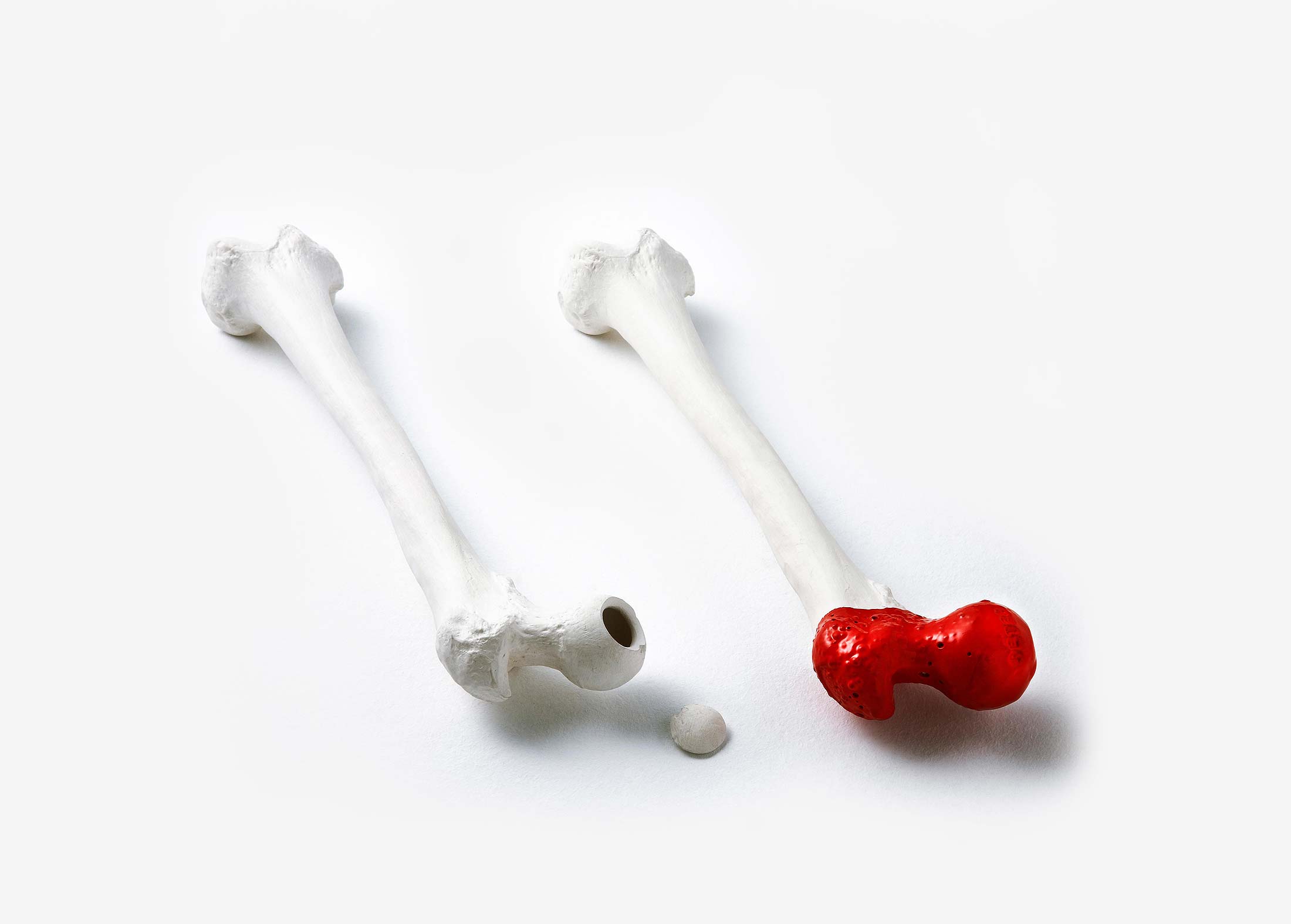coffins-and-urns
-

WALKUERE
urn / Mo van de Kamp
Client: Mo van de Kamp
Country: Germany
www.movandekamp.de
Year: 2012 -

MEMORIAL LIGHT & HOLY WATER DISH
studies / Himmelreich & Söhne
Client: Himmelreich & Söhne
Country: Germany
Year: 2010 -

COFFIN
prototype / Himmelreich & Söhne
Client: Himmelreich & Söhne
Country: Germany
Year: 2008 -

COFFIN DRAPE
studies / Himmelreich & Söhne
Client: Himmelreich & Söhne
Country: Germany
Year: 2010 -

FLOWER URN
studies / Himmelreich & Söhne
Although it is not yet officially allowed in Germany, having an urn at home can be a very important part of coming to terms with your loss especially in the early phase of mourning. You create a place, a small, personal altar at which you uphold the memory of the deceased person. This china flower urn with its regular pattern of perforations reveals the case containing the ashes, making no attempt to conceal it. A fascinating mix of materials. Cut flowers can be inserted through the perforations and set in the inner receptacle.
Client: Himmelreich & Söhne
Country: GermanyYear: 2010
-

MEMORIAL RECEPTACLE
studies / Himmelreich & Söhne
Mourning and overcoming the loss of a loved one does not stop at the doorstep. Assigning a small space within your own home to a china memorial receptacle dedicated to the deceased person creates a connection to that person. Tending and decorating the receptacle is a help and comfort. An opening in the receptacle’s base can be used to store those small mementos you would like to keep private: Wedding rings, photos, a brooch, a few lines. The dish can be filled with water in which flowers float or otherwise decorated to suit your own taste. Realized by Villeroy & Boch AG.
Client: Himmelreich & Söhne
Country: GermanyYear: 2010
-

BONE URN
studies / Himmelreich & Söhne
The bones of deceased persons are revered in many religions. For example, in Spanish churches you often find the bones or bone fragments of saints. Bone urns carry on this traditional idea. The urn is the china cast of a femoral head. The deceased person’s ashes are filled in via an opening. This is subsequently closed with a small stopper and immersed in a sealing varnish. Before the varnish dries the deceased person’s name can be inscribed in it.
Client: Himmelreich & Söhne
Country: GermanyYear: 2010
 designschneider
designschneider